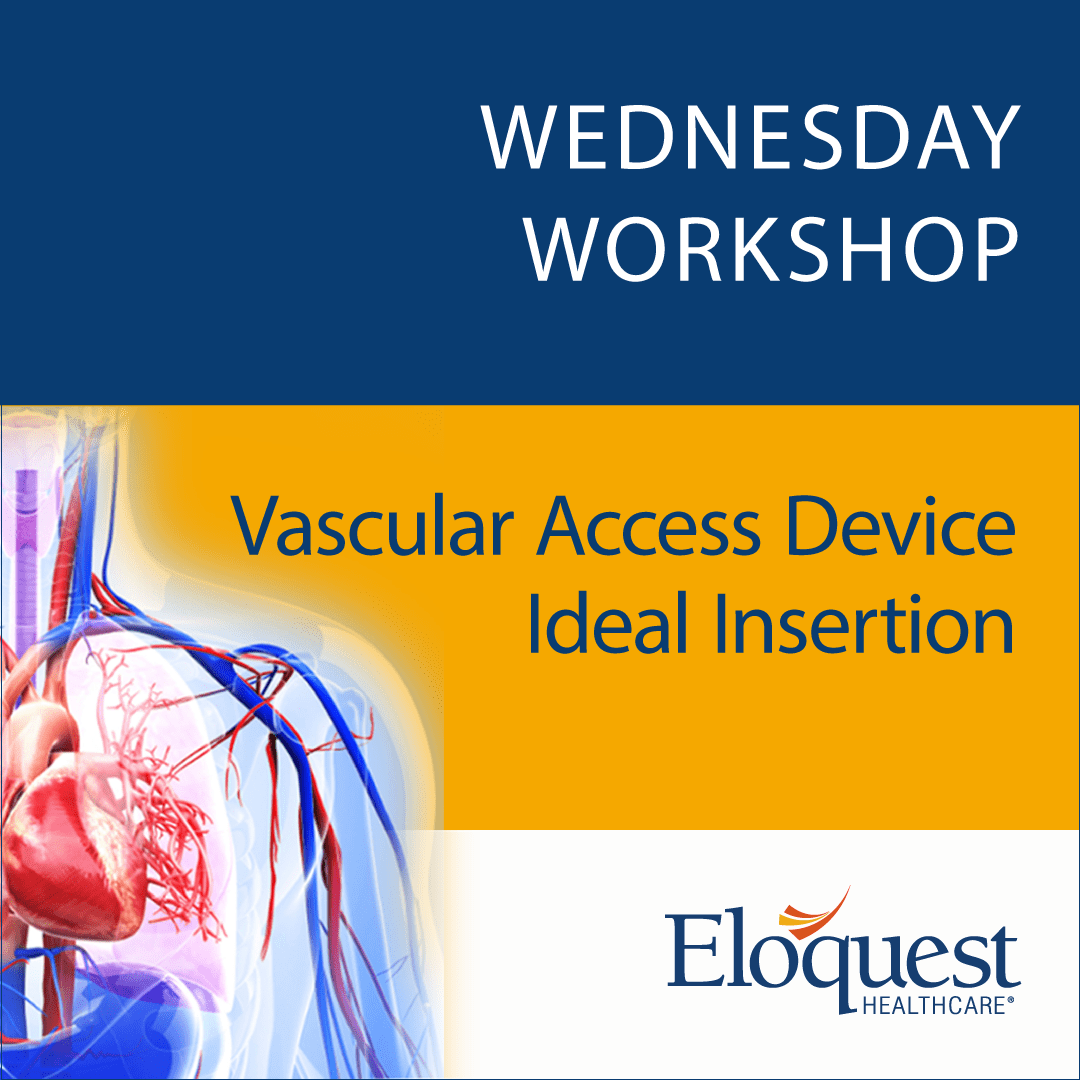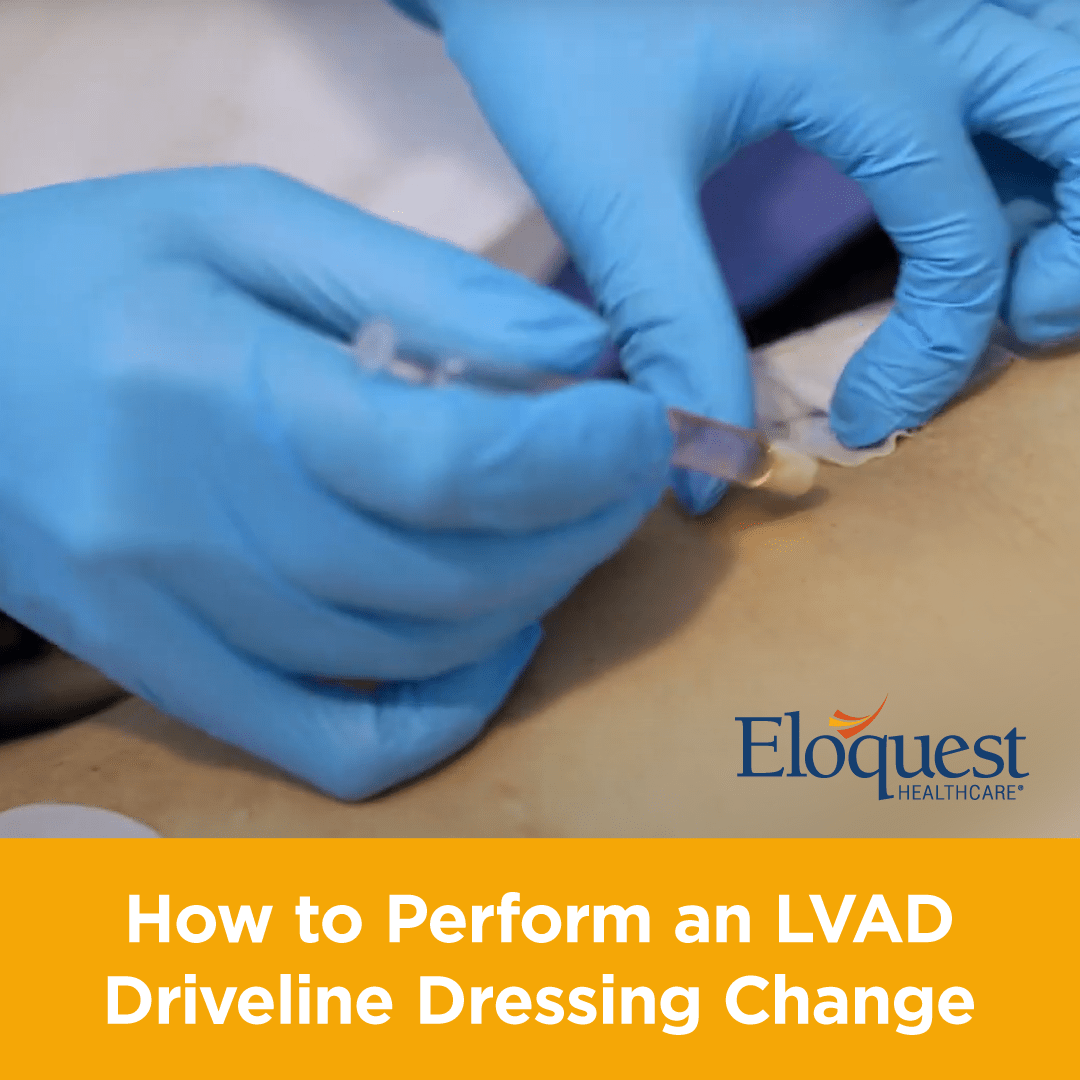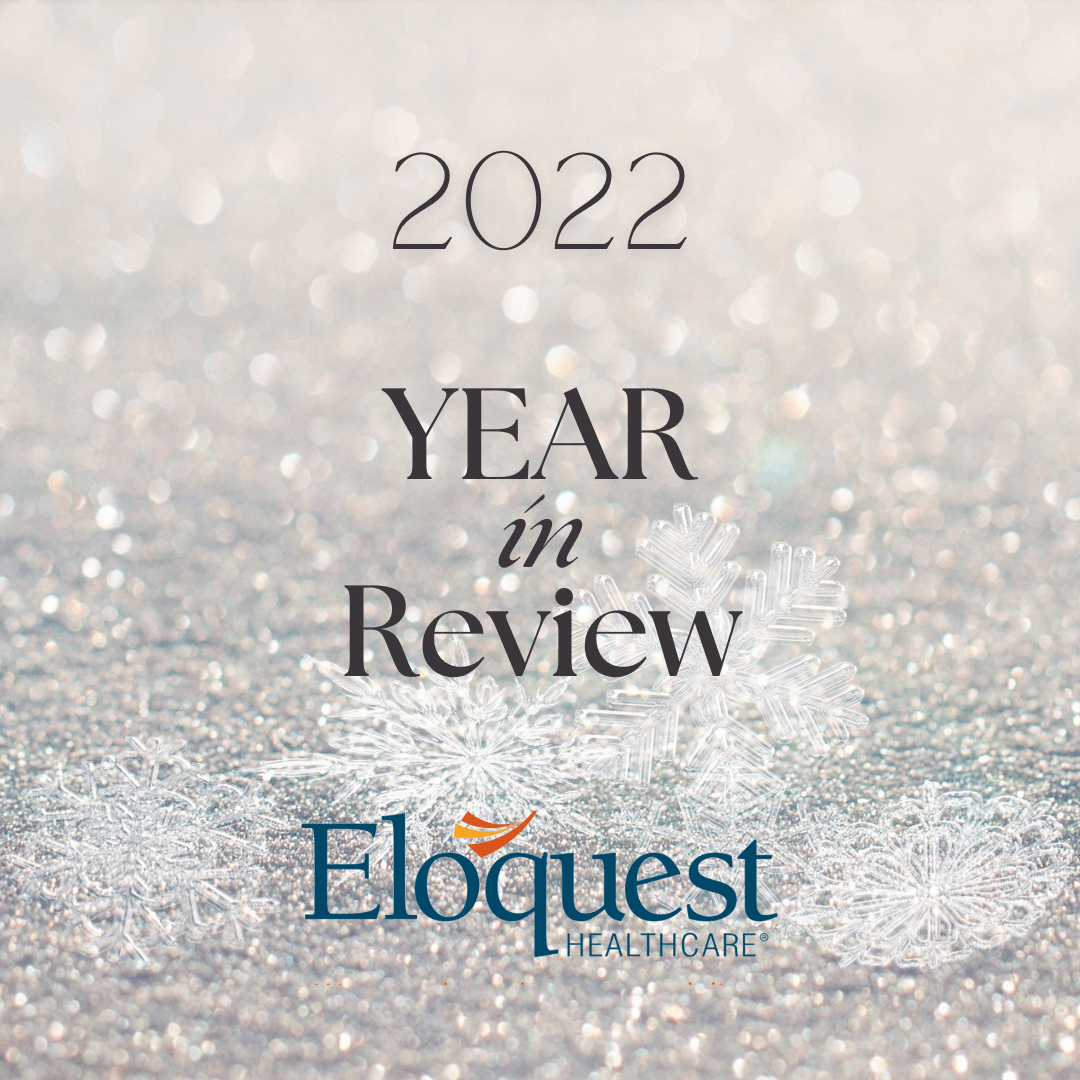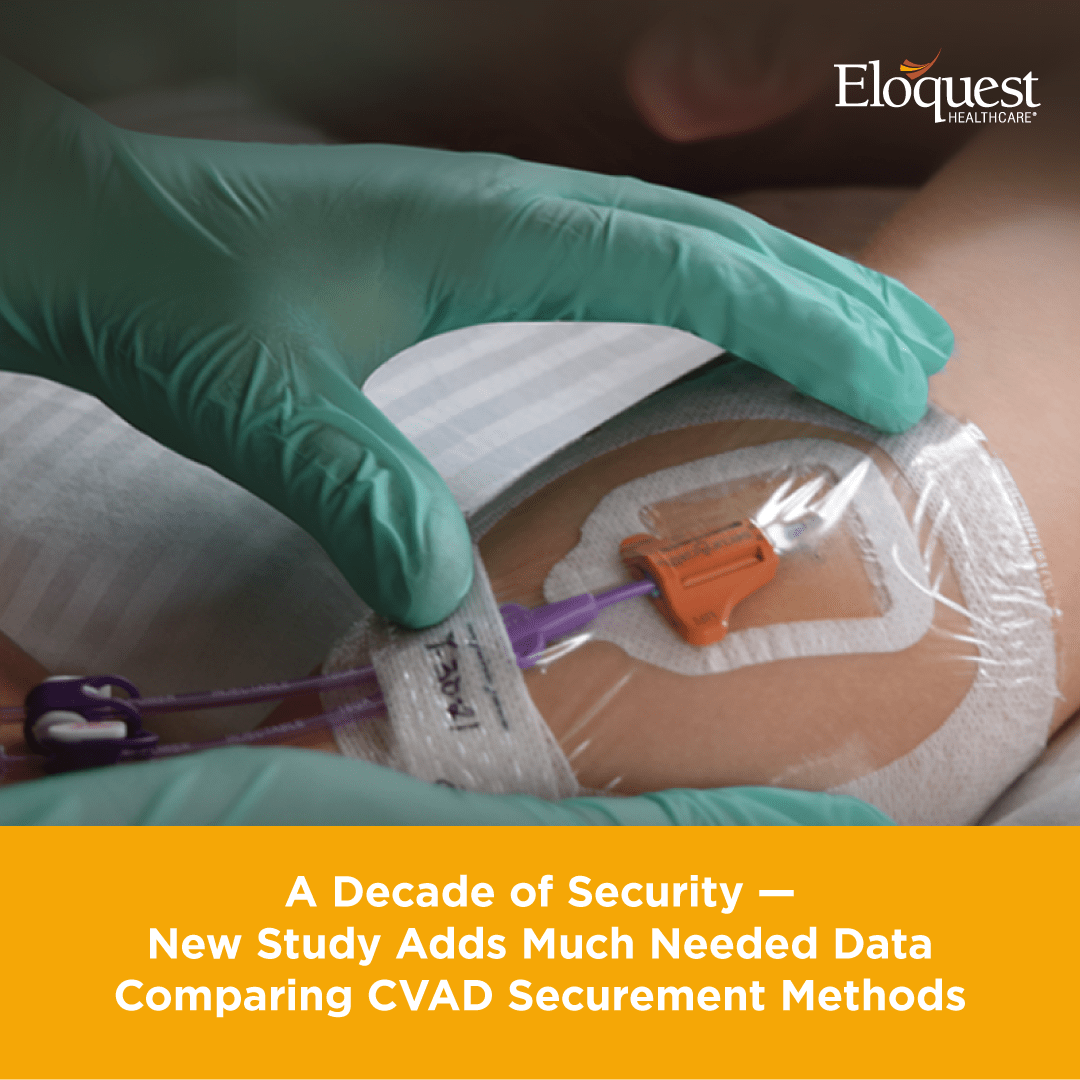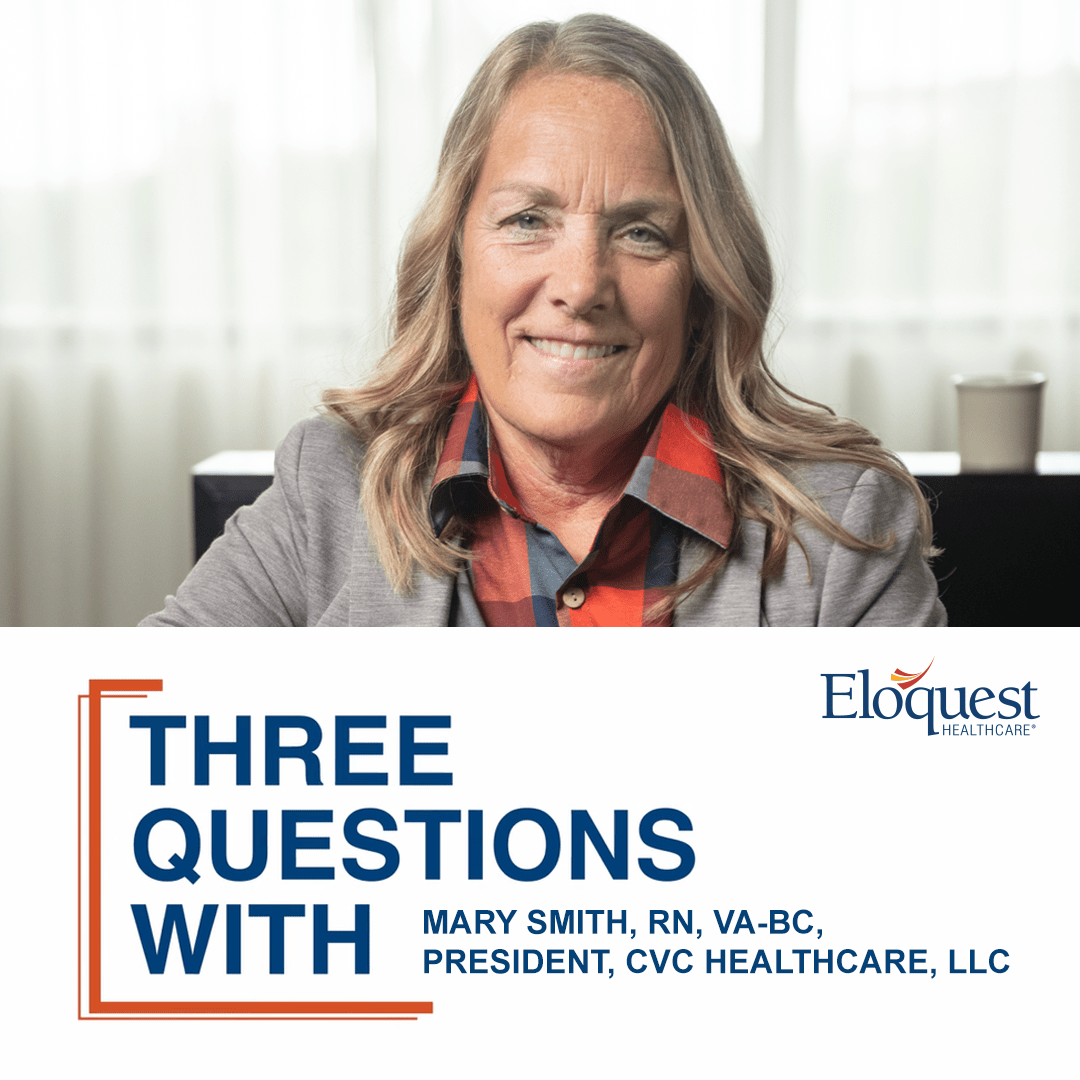3 Questions with Michelle Mickey Hawes, RN, DNP, CRNI, VA-BC, ACRP-CP
3 Questions with Michelle (Mickey) Hawes, RN, DNP, CRNI, VA-BC, ACRP-CP Our “3 Questions with…” vlog series features some of the finest thought leaders in healthcare specialties such as Infection Prevention, Vascular Access, and more. These experts answer questions on the latest insights, evidence and current practices. For our newest “3 Questions With…” vlog, Eloquest…
Details



